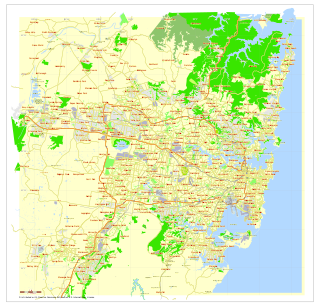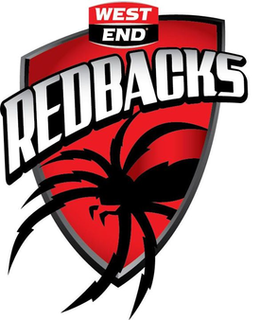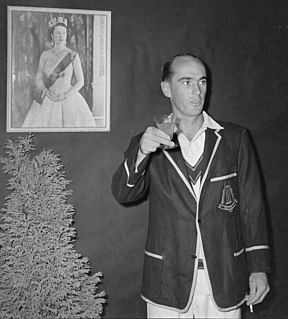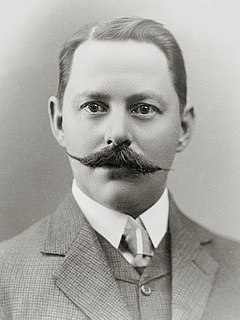| Personal information | ||||||||||||||||||||||||||||||||||||||||
|---|---|---|---|---|---|---|---|---|---|---|---|---|---|---|---|---|---|---|---|---|---|---|---|---|---|---|---|---|---|---|---|---|---|---|---|---|---|---|---|---|
| Full name | John Anthony Steele | |||||||||||||||||||||||||||||||||||||||
| Born | 13 November 1942 Waverley, New South Wales, Australia | |||||||||||||||||||||||||||||||||||||||
| Batting | Right-handed | |||||||||||||||||||||||||||||||||||||||
| Role | Batsman, occasional wicketkeeper | |||||||||||||||||||||||||||||||||||||||
| Domestic team information | ||||||||||||||||||||||||||||||||||||||||
| Years | Team | |||||||||||||||||||||||||||||||||||||||
| 1968-69 to 1970-71 | New South Wales | |||||||||||||||||||||||||||||||||||||||
| Career statistics | ||||||||||||||||||||||||||||||||||||||||
| ||||||||||||||||||||||||||||||||||||||||
Source: Cricinfo, 28 February 2016 | ||||||||||||||||||||||||||||||||||||||||
John Anthony "Tony" Steele (born 13 November 1942 in Waverley, Sydney, New South Wales) is a former first-class cricketer who played 15 Sheffield Shield matches for New South Wales from 1968-69 to 1970-71.

Waverley is an eastern suburb of Sydney, in the state of New South Wales, Australia. Waverley is located 7 kilometres east of the Sydney central business district, in the local government area of Waverley Council.

Sydney is the state capital of New South Wales and the most populous city in Australia and Oceania. Located on Australia's east coast, the metropolis surrounds Port Jackson and extends about 70 km (43.5 mi) on its periphery towards the Blue Mountains to the west, Hawkesbury to the north, the Royal National Park to the south and Macarthur to the south-west. Sydney is made up of 658 suburbs, 40 local government areas and 15 contiguous regions. Residents of the city are known as "Sydneysiders". As of June 2017, Sydney's estimated metropolitan population was 5,131,326, and is home to approximately 65% of the state's population.

New South Wales is a state on the east coast of Australia. It borders Queensland to the north, Victoria to the south, and South Australia to the west. Its coast borders the Tasman Sea to the east. The Australian Capital Territory is an enclave within the state. New South Wales' state capital is Sydney, which is also Australia's most populous city. In March 2018, the population of New South Wales was over 7.9 million, making it Australia's most populous state. Just under two-thirds of the state's population, 5.1 million, live in the Greater Sydney area. Inhabitants of New South Wales are referred to as New South Welshmen.
Contents
Steele was educated at North Sydney Boys High School. A right-handed batsman, he appeared in 22 first-class matches between 1968 and 1971, scoring 1,168 runs at 36.50 with three hundreds against Queensland (158), South Australia (152) and Western Australia (123). He also took 27 catches and, as an occasional wicket-keeper, made two stumpings. He scored 10 in his only List A match. He also played for New South Wales Colts in the 1966/67 season and appeared for a Tasmania Combined XI in a first-class match in 1970/71.

North Sydney Boys High School is an academically selective, public high school for boys, located at Crows Nest in Sydney, Australia. North Sydney Boys High School is known for its high academic performance in the HSC. In 2018, North Sydney Boys High School ranked 2nd in the state.
The Tasmania Combined XI was a representative cricket team raised intermittently between 1937 and 1979. The team, comprising state cricketers and select players from the Australian national side, played against touring international sides. Matches were played in Hobart, Launceston and Devonport. In total, sixteen first-class matches were played.
He toured New Zealand with an Australian team in 1969-70, playing three matches for Australia against New Zealand and three for the Australians against domestic first-class teams. His games against New Zealand do not count as Test matches although New Zealand fielded their full-strength Test team. [1]
While the Australia national cricket team was touring South Africa in 1969–70, another Australian team captained by Sam Trimble toured New Zealand between late February and early April. They played three matches against New Zealand, but these were not granted Test status.

New Zealand is a sovereign island country in the southwestern Pacific Ocean. The country geographically comprises two main landmasses—the North Island, and the South Island —and around 600 smaller islands. New Zealand is situated some 2,000 kilometres (1,200 mi) east of Australia across the Tasman Sea and roughly 1,000 kilometres (600 mi) south of the Pacific island areas of New Caledonia, Fiji, and Tonga. Because of its remoteness, it was one of the last lands to be settled by humans. During its long period of isolation, New Zealand developed a distinct biodiversity of animal, fungal, and plant life. The country's varied topography and its sharp mountain peaks, such as the Southern Alps, owe much to the tectonic uplift of land and volcanic eruptions. New Zealand's capital city is Wellington, while its most populous city is Auckland.

Test cricket is the longest form of the sport of cricket and is considered its highest standard. Test matches are played between national representative teams with "Test status", as determined and conferred by the International Cricket Council (ICC). The two teams of 11 players each play a four-innings match, which may last up to five days. It is generally considered the most complete examination of teams' playing ability and endurance. The name Test stems from the long, gruelling match being both mentally and physically testing.











